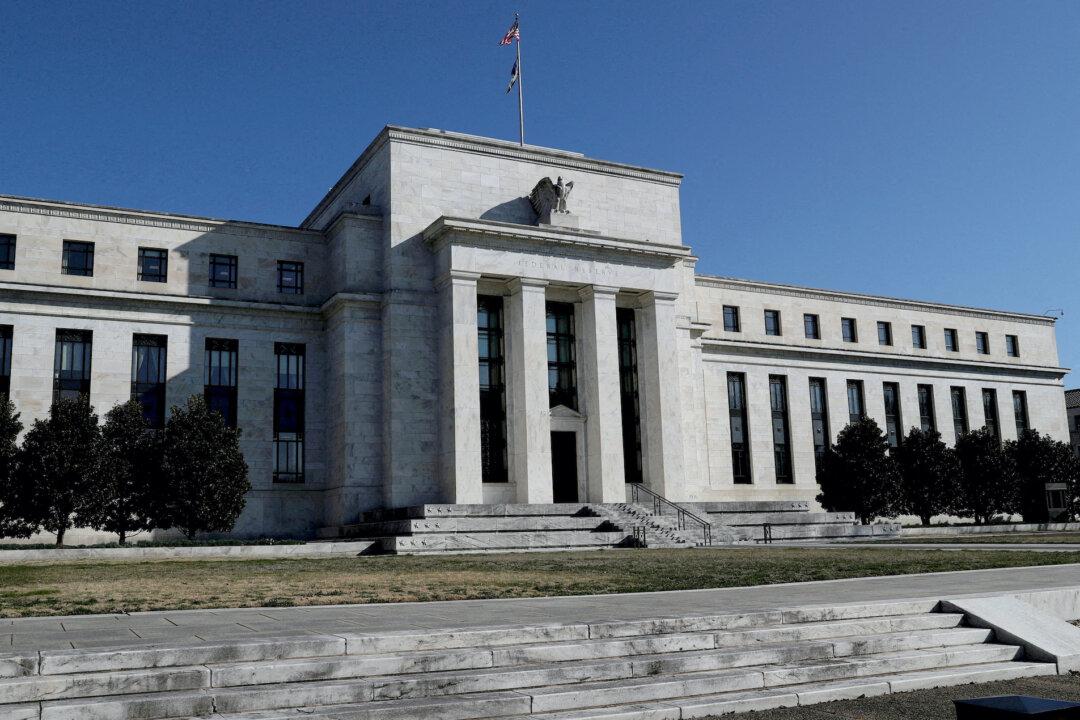The FedNow instant payment system from the U.S. Federal Reserve is now live, with the central bank claiming that the service will enable individuals and businesses to make quick payments and receive funds within seconds.
The Federal Reserve announced the launch of its interbank payment service on Thursday, which it claims will help banks and credit unions to instantly transfer money to their customers, according to a July 20 press release. The service is not directly offered to individuals and businesses. Instead, FedNow is a service that links banks and enables movement of funds from one account to another. People can sign up for the FedNow service through their financial institutions.





